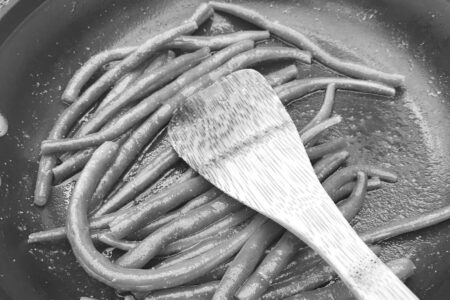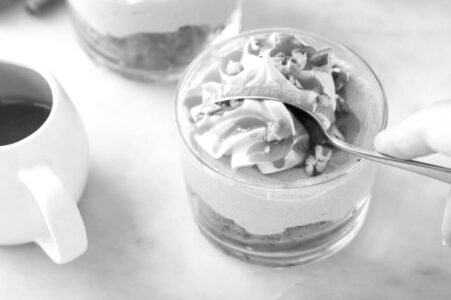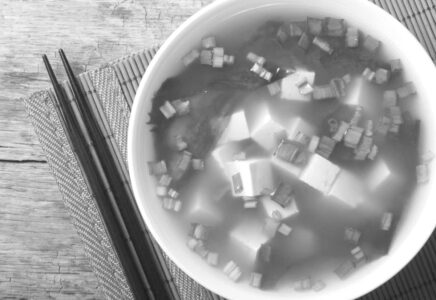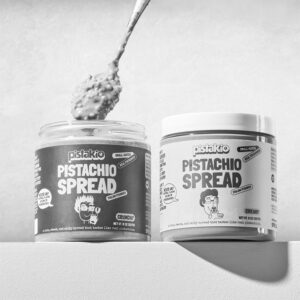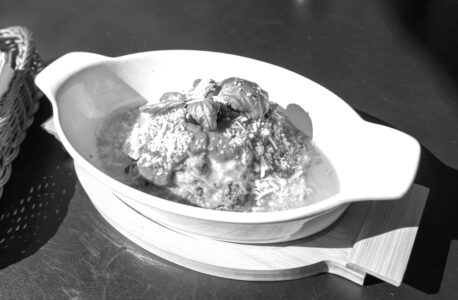Summer harvest finds a second life in the freezer
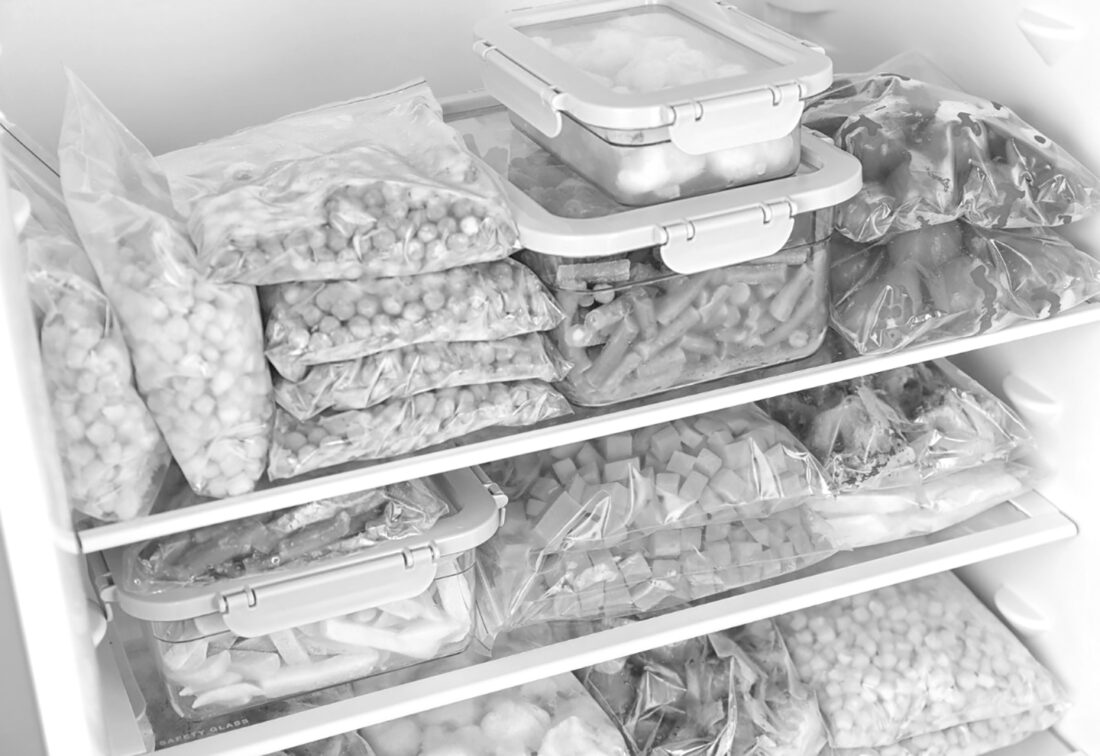
A garden's bounty is seen in a freezer. (Courtesy photo)
As summer produce reaches peak ripeness, home cooks turn to the freezer and not just for leftovers. Freezer conservation is also a trendy and efficient way to preserve the season’s best ingredients.
From icy clementines to neatly stacked cubes, freezers are becoming a hub of culinary inspiration, fueled by TikTok, Pinterest and batch-cooking blogs. The rise of freezer creativity is a reminder of how practical freezing can be to preserve flavor, reduce waste and simplify mealtime.
Freezing is the new canning
Zucchini, corn, berries, herbs and tomatoes are summer staples that often peak all at once. Rather than watch them fade in the refrigerator or stress over sterilized jars, many resort to the freezer for a simple method of preservation. Fortunately, it’s a technique experts stand behind.
“Under optimal conditions, freezing is the best form of food preservation in terms of retaining nutrients, flavor and texture,” according to professors at Oregon State University, or OSU. It’s also the fastest and least complicated option. You get the satisfaction of preserving the season, minus pressure cookers and glass jars.
Curious about what happens to produce once it hits the freezer? The OSU professors explain freezing significantly slows the natural enzymatic processes that affect color, texture and flavor. But it does not stop it completely. That’s why it’s best to freeze fruits and vegetables at their peak, when they’re freshest and most flavorful.
Freeze like a pro
The best freezing method depends on how you’ll use the ingredients later. Whether you’re saving summer fruit for smoothies or stocking up on vegetables for soups and sides, these two techniques make it easy to prep now and enjoy flavorful, ready-to-use produce later.
Blanching is best
Most vegetables benefit from blanching to retain a vibrant color and expected texture. Use this method when you’re freezing vegetables for extended storage and plan to use them individually or in cooked dishes later.
Blanching involves briefly boiling vegetables, then plunging them into an ice bath before freezing. According to the U.S. Department of Agriculture, “Most vegetables that freeze well are low acid and require brief, partial cooking to prevent deterioration.” It’s essential for green beans, corn, broccoli and other sturdy produce. Exceptions include chopped onions and peppers, herbs and tomatoes.
Flash-freezing at home
This method is ideal for fruit, which generally does not need to be blanched first. It also allows you to preserve individual pieces of food for easy access later. Use it for berries, sliced peaches, chocolate-dipped raspberries or blanched vegetables.
Arrange the produce in a flat layer on a baking sheet and freeze until solid before transferring to containers. While not true commercial flash freezing, this flat layer approach allows food to freeze more quickly, prevents clumping and helps preserve shape and texture.
Freezer-forward cooking
Stocking your freezer with purposefully prepped ingredients is an easy way to simplify mealtime. It’s about doing a little work upfront, while produce is fresh and affordable, so you have flavorful building blocks ready to go.
Frozen herb cubes
To preserve fresh herbs, chop them finely and place them in ice cube trays. Cover with olive oil, melted butter or broth, depending on how you plan to use them. Freeze until solid, then transfer to a labeled bag or container. These cubes melt down quickly and bring fresh flavor to soups, skillet meals, and sautéed dishes.
Smoothie packs
For a grab-and-blend breakfast, gather the ingredients for your favorite strawberry smoothie in advance. Combine sliced fruit, greens and extras like nut butter or chia seeds in small freezer bags or containers. In the morning, add a pack to your blender with your preferred liquid and blend.
Vegetable starters
Freeze chopped onions, peppers and spinach in pre-measured blocks. These cubes become instant soup starters, sauté bases or omelet fillers. You can also purée cooked veggies like sweet potatoes or squash for sauces, baby food or grain bowls.
Flavor boosters
Roast or sauté your favorite vegetables now to build layers of flavor later. Think caramelized onions, roasted garlic, blistered tomatoes or peppers. These cooked ingredients freeze well and pack a flavorful punch. Store in small portions so they’re ready to use on pizza, in dips or to elevate a main dish.
Label, stack, repeat
A freezer full of summer produce is only helpful if you can find what you’ve stored. Label every bag or container with contents and date, regardless of how confident you feel in the moment. Use freezer-safe bags with the air pressed out to prevent freezer burn, and freeze items flat whenever possible to maximize space and speed up thawing.
Group similar ingredients, such as smoothie packs, chopped vegetables or flavor boosters, into clear bins or matching containers to give your freezer a clean and intentional look. Stacking items by type makes them easier to find and adds a satisfying sense of order every time you open the door. A well-organized freezer not only saves time but also turns your stash of frozen summer produce into something you will be excited to use.
Freeze today, savor tomorrow
Freezing summer’s bounty is no longer just about saving scraps. It’s about taking control of what’s in your kitchen, reducing waste and enjoying peak-season flavor long after the last farmers market of the season. Whether you’re tucking away extra corn on the cob or assembling herbed butter cubes for future roasts, the freezer is proving to be the modern cook’s secret weapon.

